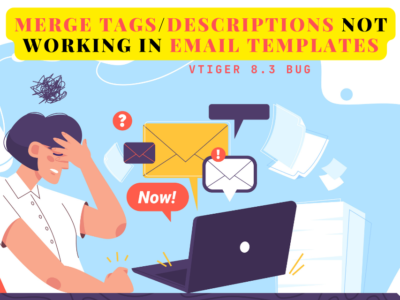Your customer service team acts as the first line of defense when your customer yens for your attention. What experience your customer gets from your customer service team can build an immense amount of value by motivating repeat business, customer consistency, and encouraging referrals. But a poor experience can motivate customer to discontinue its operations and to discourage their network from conducting business with you.
From a quick and professional response to frequent interactions, there are a lot of factors that contribute to giving your customer a great experience. However, there’s no rule for setting reasonable time for resolving customer case as it varies from business to business, type of issue and other variables.
To ensure a high level of customer satisfaction, a business should first identify the relevant case and required time to resolve that case. There’s an agreement that defines case response and resolution time, and that’s called Service Level Agreement (SLA). Once a business sets its rules to handle cases, Vtiger’s Service Level Agreements (SLAs) helps enforce that rules across the customer service organization with automatic assignments, escalations and alerts.
How to create SLA policy and configure alerts and escalation emails

Here’s how Vtiger’s helpdesk solution works with cases and SLAs.
Private and public SLAs help establish service level expectations
Meeting your SLA targets improves customer perception of your business and encourages repeat business. Making these SLAs public can attract larger customers with more purchasing power and more inflexible expectations as well.
Set response and resolution time
With Vtiger’s SLAs, you can define how your support team should handle cases. For instance, you can set 30-minutes for response time and 24-hour resolution time for cases relating to the high priority customers.
Automatic case escalations and alerts
Vtiger’s email configurable automatic escalation ensures that if a case is at risk of violating its SLA target, its priority is escalated. The authorized individuals are also notified of the risk. It helps you make sure that no customer issue goes unresolved, and customer satisfaction remains high.

SLA reporting
Vtiger’s report illustrates cases that violated SLA targets so you can analyze the objects behind these failures. To identify the causes of these fiascos and solving them ASAP, leads to a more efficient support organization and a satisfied customer.






